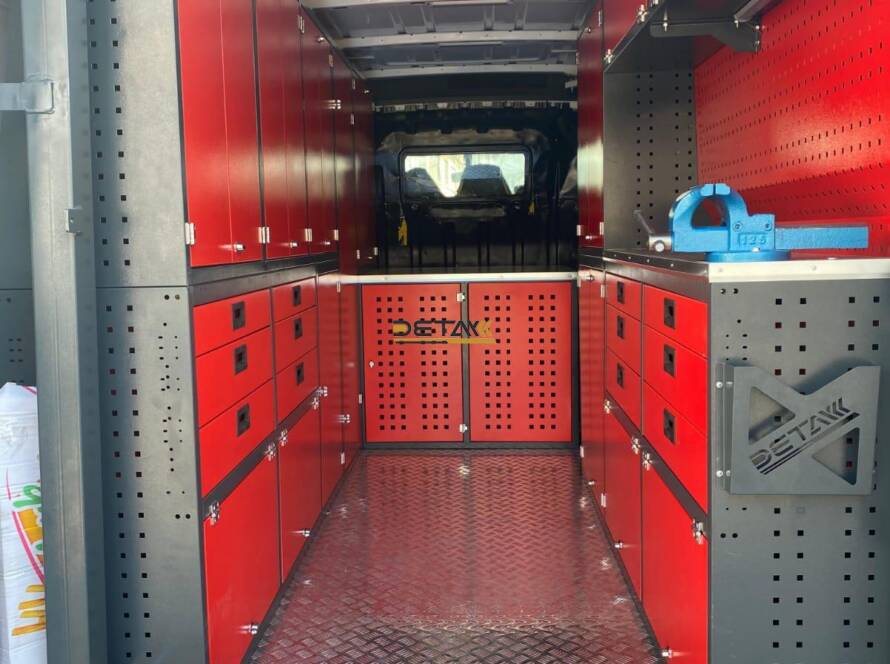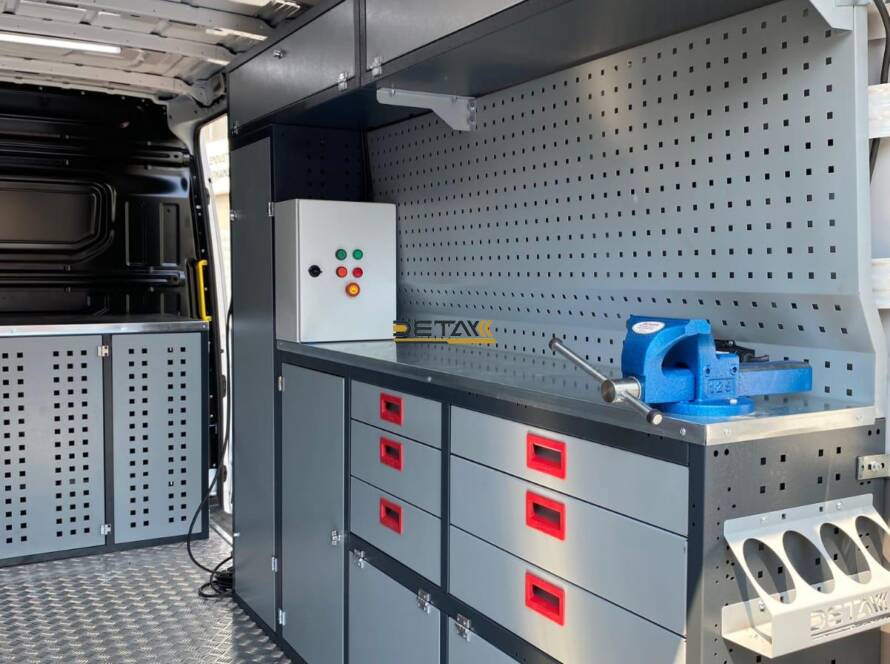In the Name of Drawer Power! Do High-Capacity Drawer Units Save Lives or Cause Headaches? 🤔
Hey folks! Today, we’re talking about the unsung heroes—or maybe secret villains—of our homes: High-Capacity Drawer Units! 🗄️ Yep, those massive drawers that make you think you can cram everything inside. As someone constantly battling clutter in my tiny kingdom (aka my apartment), I’ve had some serious showdowns with these beasts. Sometimes they’re my clutter-busting angels; other times, I’m cursing when they won’t budge! So, are they worth it? Let’s dive into the pros and cons together. Ready? 🚀
The Triumphs of Giant Drawers: Why We Fall in Love ✨
-
The Ultimate King: Storage Capacity! 🏆: This is the biggest selling point. Deep, tall drawers neatly hold mountains of items that would topple off open shelves—think blankets, spare bedding, off-season clothes, toys, or even your secret snack stash 😉. As highlighted in The Spruce’s guide to smart home storage solutions, they maximize vertical space brilliantly. In my old apartment, one deep drawer happily stored all my extra bedding and pillows!
-
The Magic of “Out of Sight, Out of Mind” ✨: Visual chaos? Gone! Cables under your desk, Legos in the playroom, fabric scraps in your craft space—all hidden yet organized (well, while the drawer’s closed!). With dividers, deep drawers turn storage into a Tetris win. As Wirecutter’s review of the best drawer organizers notes, “invisible storage” is key to reducing stress.
-
Back-of-the-Storage Access (Theoretically!) ⚡: Unlike shelves, you can reach the very back—if you fully extend the drawer (more on that later!). No need to empty the front items to grab that one thing hiding behind.
-
Dust & Damage Shield 🛡️: Closed drawers protect contents from dust, moisture, and UV damage. Perfect for delicate fabrics, documents, or rarely used items.
The Flip Side: When Giant Drawers Fight Back 😅
-
The Weight Struggle ⚖️: This is the #1 headache. Overload them, and opening feels like an arm workout. Even smooth glides can fail under extreme weight, stressing rails or damaging the unit. Always check the manufacturer’s weight limit! IKEA’s PAX system, for example, has strict limits—ignore them at your wallet’s peril.
-
The Black Hole Effect 🔍: Everything’s inside… but where? Without dividers, finding a tiny item at the bottom means emptying half the drawer. Cue the “I know that red button is here somewhere!” meltdown.
-
Accessibility Woes 🪑: Low-placed deep drawers need significant floor space to fully extend. High-placed ones? You’ll need a stool. Neither is ideal for daily use or limited mobility.
-
Organization Mandatory 🧩: To avoid chaos, you must invest in inserts—dividers, bins, or trays. Otherwise, it’s a jumbled mess. Added cost + effort!
-
Cost & Space Hunger 💸: They often cost more than shelves or shallow drawers (sturdy rails ain’t cheap!). Plus, they need clearance space to open fully—tricky in small rooms.
Let’s Break It Down:
| Feature | Pro 🟢 | Con 🔴 |
|---|---|---|
| Storage Capacity | Huge! Fits bulky/seasonal items. | Overload risk: Weight strains rails. |
| Visual Cleanliness | Chaos vanishes! “Closed-door” neatness. | Organization essential or chaos reigns. |
| Item Access | Reach the back (when fully open). | Hard to fully extend: Needs strength/space. |
| Protection | Blocks dust/moisture/UV. | — |
| Ease of Use | — | Heavy when full: Hard to open/close. |
| Cost & Space | — | Pricier. Needs front clearance space. |
Where They Shine (and Where They Don’t): Real-Life Examples!
-
WINNING Example (My Bedroom): I use one deep drawer exclusively for off-season clothing (winter sweaters, coats). It opens twice a year. With labeled bins inside? Perfection: Saves space, protects clothes, zero stress during seasonal swaps. Cons? Minimal—it’s rarely opened!
-
FAILING Example (My Friend’s Playroom): She tossed daily-use toys into a giant bottom drawer. Disaster: Too heavy for her kid to open, toys became a tangled mess, finding small parts meant dumping everything. Fix: Switched to smaller, open bins + shallow drawers.
The Verdict: Smart Choices Win! 🔑
High-capacity drawers are powerful storage tools—but not a one-size-fits-all fix. You need Tetris-level strategy!
-
Choose them for: Rarely accessed, bulky-but-light items (bedding, off-season clothes, documents). Always pair with organizers! Respect weight limits and rail quality.
-
Avoid or rethink for: Daily-use items, small parts, or heavy objects (books, tools). Skip them in tight spaces or hard-to-reach spots (low/high placements).
My mantra: “Frequent access = shallow drawers/open shelves.” “Rare access = deep drawers (with organizers!)” Nail this balance, and you’ll get storage nirvana—plus that sweet joy of opening a perfectly organized drawer! 😌
Your turn: Love ’em or hate ’em? What do YOU stash in deep drawers? Share your pro tips below! 👇
Sources & Inspiration:
-
The Spruce’s Home Storage Solutions Guide for storage fundamentals.
-
Wirecutter’s Best Drawer Storage Solutions for durability tests.
-
IKEA’s PAX System Guide for weight limits and dimensions.

